Select an Orthopaedic Specialty and Learn More
Use our specialty filter and search function to find information about specific orthopaedic conditions, treatments, anatomy, and more, quickly and easily.
GET THE HURT! APP FOR FREE INJURY ADVICE IN MINUTES
Shoreline Orthopaedics and the HURT! app have partnered to give you virtual access to a network of orthopaedic specialists, ready to offer guidance for injuries and ongoing bone or joint problems, 24/7/365.
Browse Specialties
-
- Neck and Back (Spine)
- Pediatric Injuries
Backpack Safety
Backpacks that are too heavy or are worn incorrectly can cause a variety of problems for people of any age, especially children and teenagers. An improperly used backpack can injure muscles and joints, leading to severe back, neck and shoulder pain, as well as posture problems. However, backpacks do not cause scoliosis.
More Info -
- Bone Health & Osteoporosis
- Foot & Ankle
- Fractures, Sprains & Strains
- Hand & Wrist
- Hip
- Knee
- Neck and Back (Spine)
Bone Health & Osteoporosis
One in two women and up to one in four men will break a bone in their lifetime due to osteoporosis. For women, the incidence is greater than that of heart attack, stroke and breast cancer combined. Shoreline Orthopaedics has opened the Bone Health and Osteoporosis Clinic to help patients prevent fractures and breaking of that second bone.
More Info -
- Joint Disorders
- Muscle Disorders
- Pediatric Injuries
Bone, Joint & Muscle Infections in Children
Children can develop “deep” infections in their bones (osteomyelitis), joints (septic arthritis), or muscles (pyomyositis). The most common locations for deep muscle infections are the large muscle groups of the thigh, groin and pelvis. Children who have infections of their bones, joints, or muscles often have fever, pain, and limited movement of the infected area.
More Info -
- Fractures, Sprains & Strains
- Knee
- Ligament Disorders
- Sports Medicine
Collateral Ligament Injuries (MCL, LCL)
Knee ligament sprains or tears are a common sports injury, and the MCL is injured more often than the LCL. The MCL is the most commonly injured ligament in the knee. However, due to the complex anatomy of the outside of the knee, an injury to the LCL usually includes injury to other structures in the joint, as well. Athletes who participate in direct contact sports like football or soccer are more likely to injure their collateral ligaments.
More Info -
- Fractures, Sprains & Strains
- Muscle Disorders
- Sports Medicine
Hamstring Injuries
A hamstring muscle injury can be a pull, a partial tear, or a complete tear. Occurring frequently in athletes, these injuries are especially common for participants in sports that require sprinting, such as track, soccer or basketball. Most hamstring injuries occur in the thick part of the muscle or where the muscle fibers join tendon fibers.
More Info -
- Neck and Back (Spine)
- Physical Medicine & Rehabilitation (PM&R)
Herniated Disk
A disk herniates when part of the center nucleus pushes through the outer edge of the disk and back toward the spinal canal. This puts pressure on the nerves. Spinal nerves are very sensitive to even slight amounts of pressure, which can result in pain, numbness or weakness in one or both legs. A herniated disc, often referred to as a “slipped” or “ruptured” disk, is a common source of pain in the neck, lower back, arms or legs.
More Info -
- Hip
- Joint Disorders
- Minimally Invasive Surgery (Arthroscopy)
Hip Arthroscopy
Arthroscopy is a minimally invasive surgical procedure used by orthopedic surgeons to visualize, diagnose and treat a wide range of problems inside the joint. During hip arthroscopy, a small camera (arthroscope) is inserted into the hip joint and images from inside the hip are displayed on a video monitor.
More Info -
- Joint Disorders
- Knee
- Minimally Invasive Surgery (Arthroscopy)
Knee Arthroscopy
Arthroscopy is a minimally invasive surgical procedure used by orthopaedic surgeons to visualize, diagnose and treat problems inside the joint. Your doctor may recommend knee arthroscopy if you have a painful condition that does not respond to nonsurgical treatments such as rest, physical therapy, and medications or injections to reduce inflammation.
More Info -
- Neck and Back (Spine)
- Pediatric Injuries
- Physical Medicine & Rehabilitation (PM&R)
Kyphosis (Roundback) of the Spine
The term kyphosis is used to describe the spinal curve that results in an abnormally rounded back. Although some degree of rounded curvature of the spine is normal, a kyphotic curve that is more than 50° is considered abnormal. There are several types and causes of kyphosis: postural kyphosis, Scheuermann’s kyphosis, and congenital kyphosis.
More Info -
- Arthritis
- Elbow
- Joint Disorders
- Sports Medicine
Loose Body in the Elbow
Loose bodies are small fragments of bone or cartilage that have broken off inside a joint. As these fragments float free within the elbow, they can cause pain and even get caught in the moving parts of the joint.
More Info -
- Joint Disorders
- Joint Replacement & Revision
- Shoulder
Shoulder Replacement
In shoulder replacement surgery, the damaged parts of the shoulder are removed and replaced with artificial components, called prosthesis. Options include replacement of only the ball (head of the humerus bone), or replacement of both the ball and the socket (glenoid).
More Info -
- Hand & Wrist
- Joint Disorders
- Minimally Invasive Surgery (Arthroscopy)
Wrist Arthroscopy
Arthroscopy is a minimally invasive surgical procedure used by orthopaedic surgeons to visualize, diagnose and treat problems inside the joint. Your doctor may recommend wrist arthroscopy if you have a painful condition that does not respond to nonsurgical treatments.
More Info

